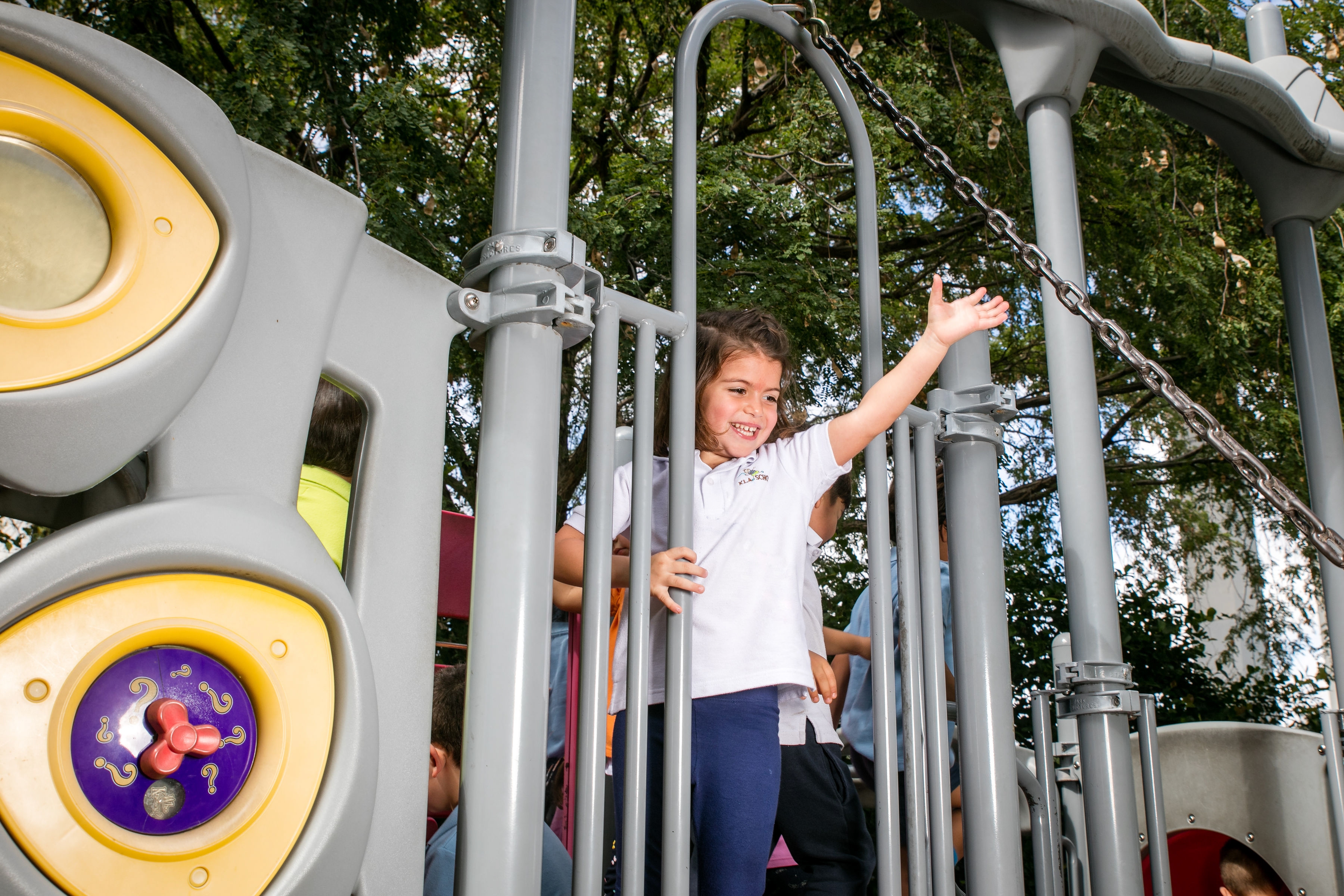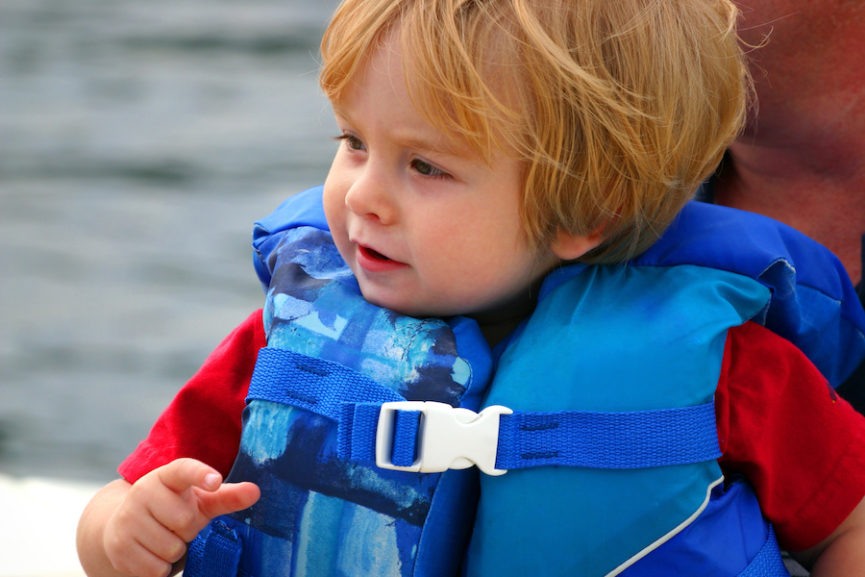Water Safety Tips for Kids
According to the National SAFE Kids Campaign and the National Safety Council, drowning is the second leading cause of unintentional death in children ages 1-4 years and 10-14 years. Many infants under the age of 1 drown in bathtubs.
These statistics sound scary, but there are ways you can help your child stay safe in the water year-round.
Stay close to your child in the water, and stay attentive
It’s important to stay within arm’s reach and remain attentive when your child is near water, even if they can swim. Don’t assume your child is being supervised by someone else, even when other kids and parents are around. The American Academy of Pediatrics says that “parents should never—even for a moment—leave children alone near open bodies of water, such as lakes or swimming pools, nor near water in homes (bathtubs, spas).”
Recognize the signs of drowning
In movies and TV, a drowning person always splashes around and calls for help. However, a drowning person is actually more likely to quietly slip underwater in just a few seconds. Because children can drown in less than two inches of water, things like mop buckets, ornamental ponds, water-filled ditches, and toilets can pose a drowning risk for children.
Consider swimming lessons
Even though being able to swim doesn’t make a child immune to drowning, swimming teaches valuable skills and comfort in the water. Ensure that your child’s swimming classes also teach water safety skills including how to identify risks while swimming, and what to do if they fall into the water.
Don’t rely on floaties, water wings, and other water safety devices
While properly-fitting, U.S. Coast Guard-approved life jackets are important, they’re no substitute for parental supervision or swimming skills. In addition, inflatable pool toys and devices like water wings are not drown-proof. They can become slippery or deflate, putting your child at risk.
Child-proof your home swimming pool
Children shouldn’t able to accidentally get into the family swimming pool, or get in without your assistance and supervision. Make sure your pool is covered and properly fenced. According to the Consumer Product Safety Commission, fences should:
- Stand at least four feet high with no foot or handrails for children to climb on.
- Have slats fewer than four inches apart so a child can’t get through, or if chain link, should have no opening larger than 1¾ inches.
- Have self-closing and self-latching gates, which are out of your child’s reach.
Learn emergency skills
Because drowning can happen quickly, parents should learn how to swim and be able to rescue a child if necessary. It is also advisable to learn CPR skills. Have emergency equipment on-hand at a home swimming pool, such as a first-aid kit, lifejackets, and a cell phone to quickly call 911 in an emergency.
In addition, ensure that any caregivers of your child have emergency skills as well. At KLA Schools, all staff members are trained in pediatric first aid and CPR, and they are always ready and available to respond to emergency situations.
Water hazards are a serious risk for every child, whether or not they know how to swim. With these basic water safety tips, you can help to ensure your child’s swimming, bathing, and water experiences are fun and safe.

